Whether you type on a computer, dig ditches, play a violin or throw a football for a living, certain movement patterns are repeated again and again, to the point where they become almost automatic. But unless you take measures to offset recurring movements, they can lead to repetitive muscle strain that causes pain and dysfunction. Repetitive strain injury physical therapy helps to heal damaged tissues, eliminate pain and restore functional movement.
or
Dr. Kalika has devoted his life’s work to finding better ways to treat pain syndromes and movement disorders. His holistic and integrative approach is geared to treating the whole patient, not just the symptoms.
As an expert in high-resolution diagnostic ultrasonography, Dr. Kalika has made significant contributions to the body of rehabilitative scientific research. He puts his expertise to work at his Manhattan clinic, providing real-time diagnostic ultrasound imaging to his patients to uncover the underlying causes of pain and dysfunction.
The clinic at NYDNRehab features some of the most sophisticated technology available for diagnosis and treatment, making NYDNRehab a premier clinic for rehabilitative medicine in NYC.
In the absence of a fracture or traumatic injury, conventional medicine focuses on treating pain symptoms without attempting to eliminate their underlying cause. Even physical therapy clinics take a one-size-fits all approach to pain treatment, prescribing generic exercises and therapies that don’t take into account the patient’s unique characteristics.
At NYDNRehab, we treat the patient, not just the symptoms. Our personalized one-on-one approach ensures that your treatment protocol is geared to your individual needs. By personalizing your treatment plan, we are able to get fast and effective results, so you can get back to your normal daily activities.
Our state-of-the-art diagnostic tools help us to accurately identify your underlying condition, to avoid misdiagnosis that costs you time and money. Our advanced technologies enable us to quantify and measure your progress, so your treatment is never hit-or-miss.
Our patient-first approach makes NYDNRehab the clinic of choice for repetitive strain injury physical therapy in NYC.
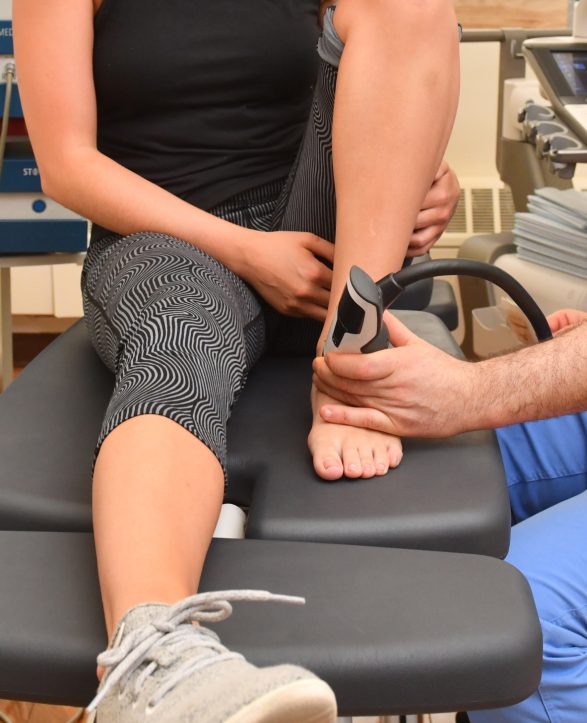
Symptoms
Burning, aching or throbbing pain
Weakness and stiffness in the affected structures
Numbness and tingling
Muscle cramping
Redness and inflammation
Common Types
Carpal tunnel syndrome
Tennis elbow (lateral epicondylitis)
Tendonitis in the wrist, hand and fingers
Rotator cuff tendonitis
Peripheral nerve entrapment
Repetitive strain injuries often involve muscles, nerves and connective tissues, creating a complex condition that needs a multi-faceted treatment approach. At NYDNRehab, we use high-resolution diagnostic ultrasound imaging to visualize the structures in the affected area in real time. But we don’t stop there.
Repetitive strain injuries often affect, and are affected by, structures in other areas of the body. We look beyond the locus of pain to detect habitual posture issues or suboptimal movement patterns that contribute to your pain and disability.
Our advanced equipment gives us capabilities for sonoelastography and superb microvascular imaging, technologies used to identify and measure your response to treatment. Our human movement lab is equipped with cameras, force plates and advanced computer technology, to evaluate and measure movement quality.

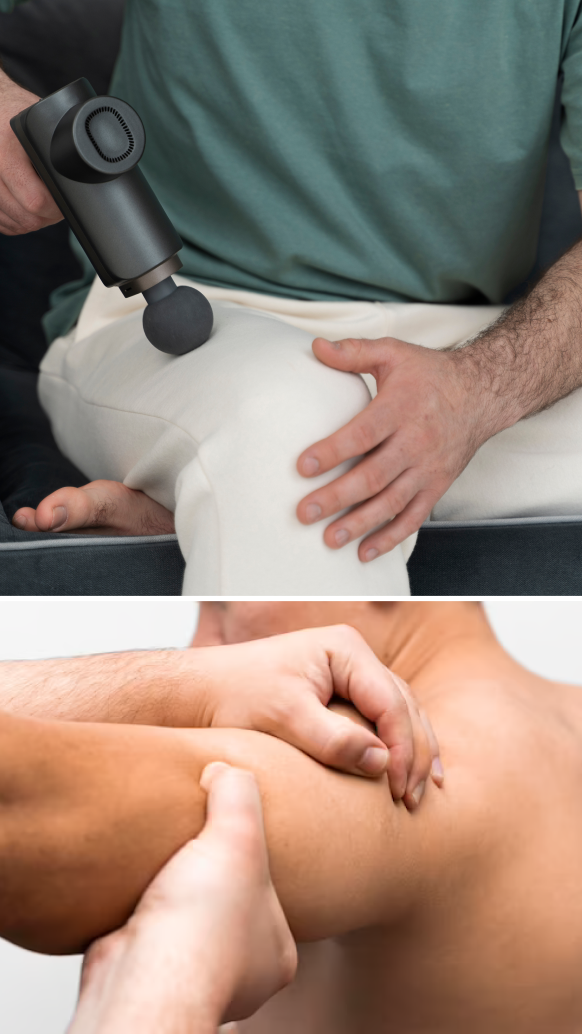
Physical therapy is not always a stand-alone solution for repetitive strain injuries. For physical therapy to be most effective, we need to address possible structural damage that interferes with movement.
Structural issues that require pre-treatment include:
Neglecting to identify and treat structural issues before beginning repetitive strain injury physical therapy can make the condition worse instead of better, costing you time and money, and prolonging your pain and dysfunction. Pre-treatment can dramatically shorten your repetitive strain injury recovery time.
Recent advances in rehabilitative medicine have equipped us with tools to accelerate your recovery process and make it more effective. Repetitive strain injuries often arise in connective tissues with limited vascularity, making them slow or resistant to healing.
Regenerative technologies help to jump-start the healing process in slow-to-heal tissues. They work at the cellular level by stimulating the body’s innate reparative mechanisms. We often use them in the pre-treatment stage, to prepare the body for repetitive strain injury physical therapy.
Our regenerative technology toolbox includes:
ESWT produces high frequency sound waves to stimulate the body’s reparative mechanisms. It is especially effective for degenerative tendon disorders and myofascial pain.
EMTT transmits high energy magnetic pulses that synchronize with the body’s own magnetic fields, triggering a regenerative response.
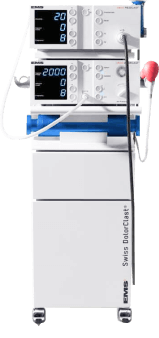
Extracorporeal Pulse Activation Technology (EPAT)
Also known as defocused shock wave therapy, EPAT uses acoustic pressure waves to enhance blood circulation to targeted tissues.
HEIT uses electromagnetic fields to penetrate cells, tissues, organs and bones, to reactivate the electrochemical function of cells and cell membranes.
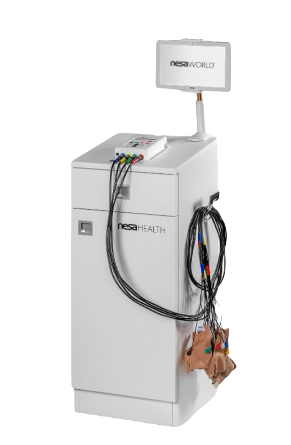
NESA Neuromodulation Therapy
NESA uses a biphasic low-frequency electrical current to emit a series of intermittent and cyclical stimuli, to calm hyper-excited nerves and restore optimal neural signaling to the brain.
Indiba is a form of TECAR therapy that uses electrical current to increase the exchange of ions in damaged cells.
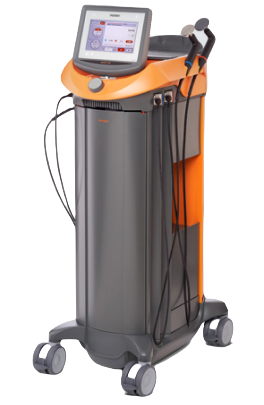
INDIBA Radiofrequency Therapy

The Stecco technique uses deep manual friction to reduce the density of damaged tissues, freeing up tissue layers to become more fluid and glide freely.
DNS taps into your body’s inherent developmental movement patterns, to restore functional movement and promote mobility and stability.
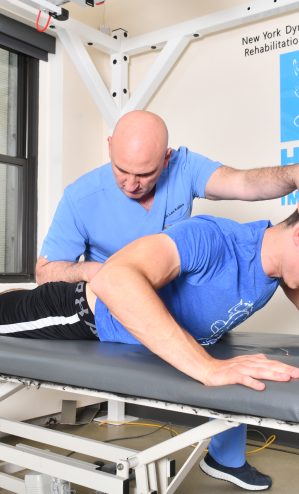
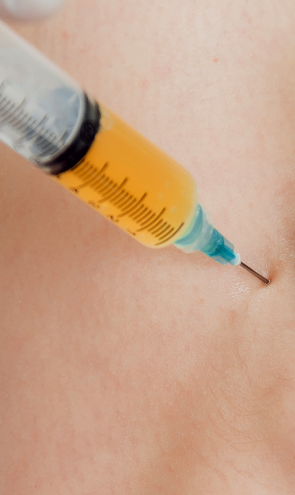
injects a biologically neutral solution to irritate affected tissues, stimulating the body to grow new normal ligament or tendon fibers.

Your body is a biological machine, and repeating the same movements over and over can cause wear and tear on your structures. There are many things you can do on a daily basis to avoid the onset of repetitive strain injuries.
In addition, adopting positive lifestyle behaviors can dramatically reduce your risk of repetitive strain injuries. Eating fresh whole foods and high-quality protein, staying hydrated, getting enough sleep, and regular exercise all work together to make you injury-resistant.
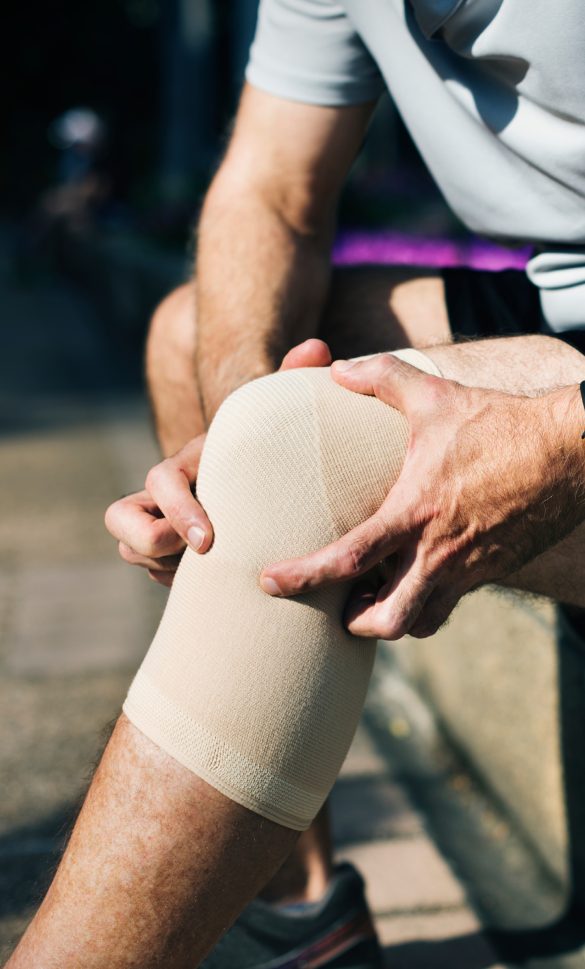
They call it a daily grind for a reason — repetitive movements day after day can wear you down, creating pain and dysfunction that keep you from doing your best. Don’t wait until pain becomes unbearable before seeking treatment, or you could make matters worse.
Most people cannot wait for weeks to return to their daily activities. At NYDNRehab, we zero in on the unique needs of every patient, to get you back up to speed in the least time possible. Our advanced technologies combined with the experience and expertise of our staff provide a winning combo for fast and effective recovery from repetitive strain injuries.
Dr. Lev Kalika is a world-recognized expert in musculoskeletal medicine. with 20+ years of clinical experience in diagnostic musculoskeletal ultrasonography, rehabilitative sports medicine and conservative orthopedics. In addition to operating his clinical practice in Manhattan, he regularly publishes peer-reviewed research on ultrasound-guided therapies and procedures. He serves as a peer reviewer for Springer Nature.
Dr. Kalika is an esteemed member of multiple professional organizations, including: